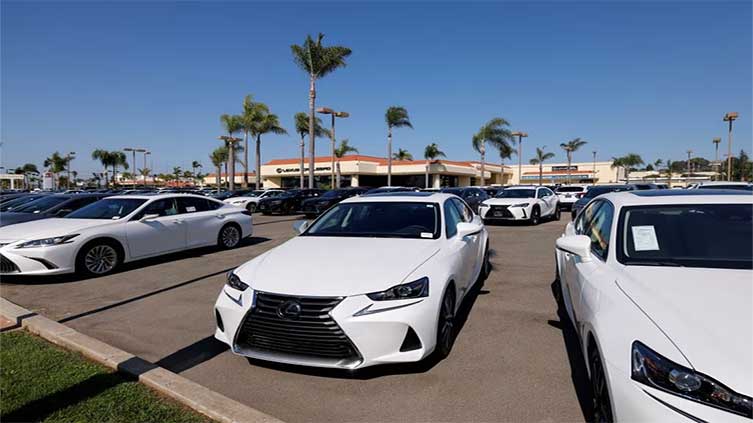Biden administration looks to boost EV sales

Business
The step is aimed to cut carbon emissions
WASHINGTON (Reuters) - The U.S. Environmental Protection Agency (EPA) on Wednesday proposed sweeping emissions cuts for new cars and trucks through 2032, a move it says could mean two out of every three new vehicles automakers sell will be electric within a decade.
The proposal, if finalized, represents the most aggressive U.S. vehicle emissions reduction plan to date, requiring 13% annual average pollution cuts and a 56% reduction in projected fleet average emissions over 2026 requirements. The EPA is also proposing new stricter emissions standards for medium-duty and heavy-duty trucks through 2032.
The EPA projects the 2027-2032 model year rules would cut more than 9 billion tons of CO2 emissions through 2055 - equivalent to more than twice total U.S. CO2 emissions last year.
Automakers and environmentalists say the administration is moving quickly in order to finalize new rules by early 2024 to make it much harder for a future Congress or president to reverse them. The then President Donald Trump rolled back tough emissions limits through 2025 set under Barack Obama but the Biden administration reversed the rollback.
The agency estimates net benefits through 2055 from the proposal range from $850 billion to $1.6 trillion. By 2032 the proposal would cost about $1,200 per vehicle per manufacturer, but save an owner more than $9,000 on average on fuel, maintenance, and repair costs over an eight-year period.
The proposal is more ambitious than President Joe Biden's 2021 goal, backed by automakers, seeking 50% of new vehicles by 2030 to be electric vehicles (EVs) or plug-in hybrids.
Under the EPA proposal, automakers are forecast to produce 60% EVs by 2030 and 67% by 2032 to meet requirements - compared with just 5.8% of U.S. vehicles sold in 2022 that were EVs. The National Highway Traffic Safety Administration plans to propose parallel economy standards in the coming weeks

